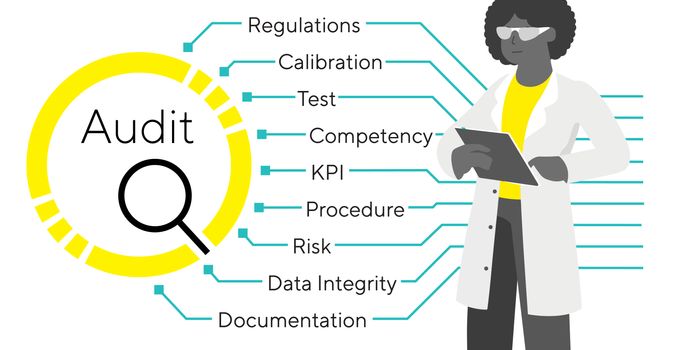Artificial Brains Need Sleep Too
Can your android someday dream of electric sheep? Maybe not. But what may happen is that these artificial brains can benefit from sleep just like human brains. How so?
Learn more about neural systems:
"We study spiking neural networks, which are systems that learn much as living brains do," said Los Alamos National Laboratory computer scientist Yijing Watkins. "We were fascinated by the prospect of training a neuromorphic processor in a manner analogous to how humans and other biological systems learn from their environment during childhood development."
The research team found that network stimulations become “tired” after continuous periods and when put on rest were then revived. "It was as though we were giving the neural networks the equivalent of a good night's rest," said Watkins.
These findings came after Watkins and her team were able to study how humans and other biological systems learn to see and how they can apply that knowledge to neural system development.
"The issue of how to keep learning systems from becoming unstable really only arises when attempting to utilize biologically realistic, spiking neuromorphic processors or when trying to understand biology itself," said Los Alamos computer scientist and study coauthor Garrett Kenyon. "The vast majority of machine learning, deep learning, and AI researchers never encounter this issue because in the very artificial systems they study they have the luxury of performing global mathematical operations that have the effect of regulating the overall dynamical gain of the system."
Source: Science Daily









